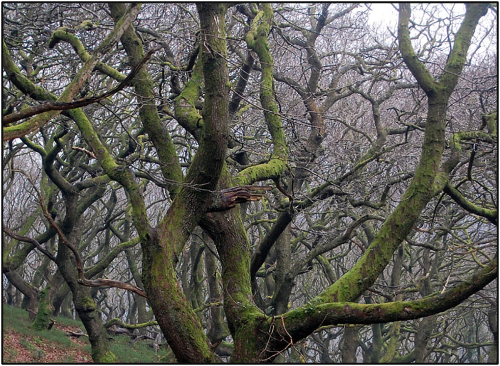
Taxomonies
Globally applicable taxonomies for classifying and describing land covers and change are fundamental to Living Earth, with these also allowing contextual classifications of habitats and ecosystems.
Taxonomies for consistent description of landscapes.

The Food and Agriculture Organisation (FAO) Land Cover Classification System (LCCS) Version 2.0) was developed to provide a consistent framework for the classification and mapping of land cover from local to global scales. The classification is comprised of a dichotomous phase, which divides the landscape into eight broad classes with these representing terrestrial or aquatic natural/semi-natural cultivated vegetation or artificial or naturally bare surfaces or water. These are then further described in the modular-hierarchical phase according to environmental descriptors such as vegetation lifeform, cover, height, leaf type and phenology or water states, depths, persistence and sediment loads. All classes are unique and unambiguous, with over 12,000 able to be defined with each having biophysical meaning.

Habitat taxonomies are generally specific to a country or region and differ between (and often within) these. For this reason, a global map is very difficult to generate and focus has primarily been on ecosystems. An example is the International Union for Conservation of Nature’s (IUCN) Global Ecosystem Typology, which classifies through six hierarchical levels to support applications from global to local scales. Living Earth has developed an approach to generating habitat maps, which involves i) direct translation of FAO LCCS (Version 2) land cover classes (e.g., broadleaved deciduous forest) to the equivalent country or regions habitat class (if existing), ii) classification of the area mapped as natural or semi-natural vegetation into vegetation types using combinations of Earth observation data, and iii) using contextual information (e.g., pre-defined or mapped extents of peat, upland/lowland and/or coastal, acid, calcareous or neutral soils, climate or altitude zones or habitat types such as raised or blanket bog) to differentiate these classes further. The detailed habitat classes can then be merged to form broader categories if needed. For validation, of these products, it is essential that the ground data similarly use and reference the same contextual information. Currently, habitat maps are generated for Wales.

The Evidence Based Change Framework and Global Change Taxonomy was developed for global application through Living Earth with international (including primarily Australian) partners and builds on the Driver-Pressure-State-Impacts-Response (DPSIR) framework. The taxonomy defined 77 impact terms and 144 pressure terms and then combined these to form 246 classes based on the notation ‘impact(pressure)’. Through this combination, the consequence of an observed change and associated reason were captured. The terms used were also scale-independent that inherently factored in time (e.g., as in the case of a flash flood or deglaciation). Both the impacts and pressures definitions have been standardised (based on reviews of the scientific literature) and each has the potential to be captured and described from evidence accumulated from observations (ground or Earth) or other data sources (particularly in the case of pressures). The impacts of change can be observed and/or quantified from a change in states with these equating to change in the environmental descriptors used in the generation of the land cover maps (with demonstrated use for Wales and Australia).